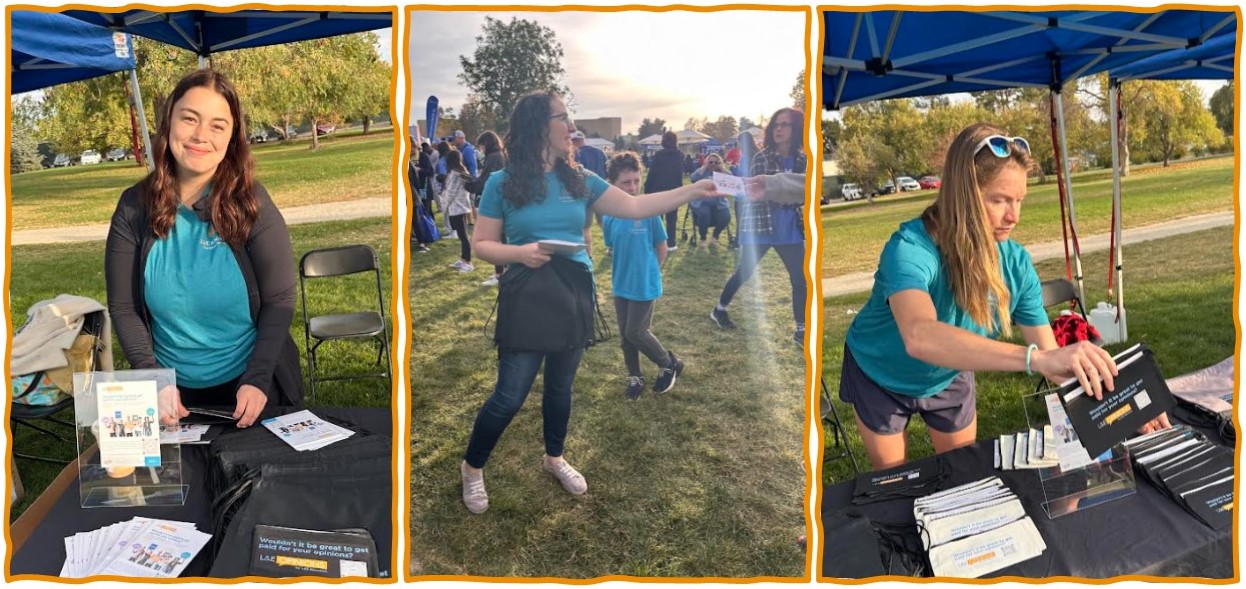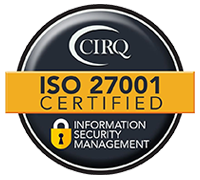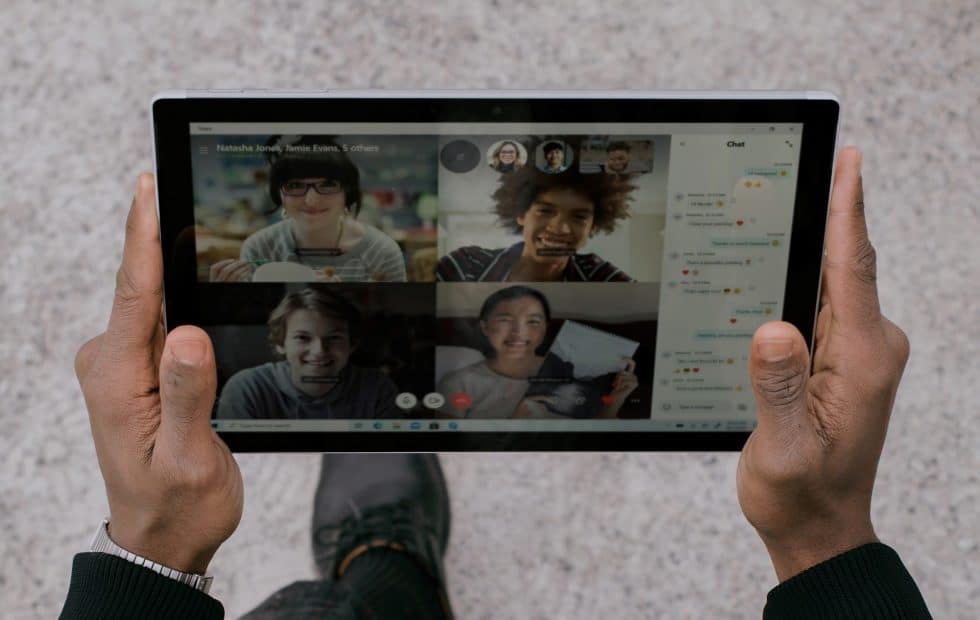L&E Health Takes Strides in the Fight Against Type 1 Diabetes

In the heart of Denver’s City Park, team L&E Health joined forces with the community for the Breakthrough Diabetes Walk, a vital initiative aimed at raising awareness and funding for type 1 diabetes research. This annual event is more than just a walk; it’s a powerful statement about our collective commitment to transforming lives and finding breakthroughs in diabetes care. At L&E Research, our mission extends beyond the boardroom and into the heart of the communities we serve, reflecting our core value of giving back.
As part of this year’s event, our team was thrilled to engage directly with participants—patients and caregivers alike. We understand the importance of listening to those affected by type 1 diabetes and providing them with opportunities to voice their experiences. Through initiatives like the Breakthrough Walk, we not only raise awareness but also expand our panel of dedicated participants. This expansion is crucial; it allows us to deliver richer insights and better quality data to our clients, ensuring that the voices of patients and caregivers are heard loud and clear in the medical research community.
Team L&E’s involvement goes beyond mere participation. Each step taken and each story shared at the walk underscores our commitment to improving patient outcomes and enhancing the quality of life for those living with type 1 diabetes. The event has been a resounding success, raising over $430,000 thus far, which will directly support diabetes research and initiatives aimed at making significant advancements in treatment and care.
For L&E Research, the benefits of participating in the Breakthrough Diabetes Walk are manifold. Not only do we expand our database with high-quality, verified patient recruits, but we also reinforce our position as a leader in healthcare research dedicated to making a real difference. Our team members, energized by the opportunity to give back and contribute their time to a great cause, return invigorated, and ready to apply new insights and experiences to their work.
The Breakthrough Walk is a testament to what we can achieve together for the diabetes community. It reflects our unwavering support for groundbreaking research and our dedication to the individuals and families affected by type 1 diabetes. At L&E Research, we remain committed to our foundational value of community contribution, striving each day to not only meet but exceed the expectations of the communities we serve and the clients we support.
As we look to future events and the continuous expansion of our research capabilities, we are grateful for the ongoing support of our participants, clients, and team members who make initiatives like the Breakthrough Walk possible. Together, we are not just walking; we are paving the path toward a brighter, healthier future for all.
















